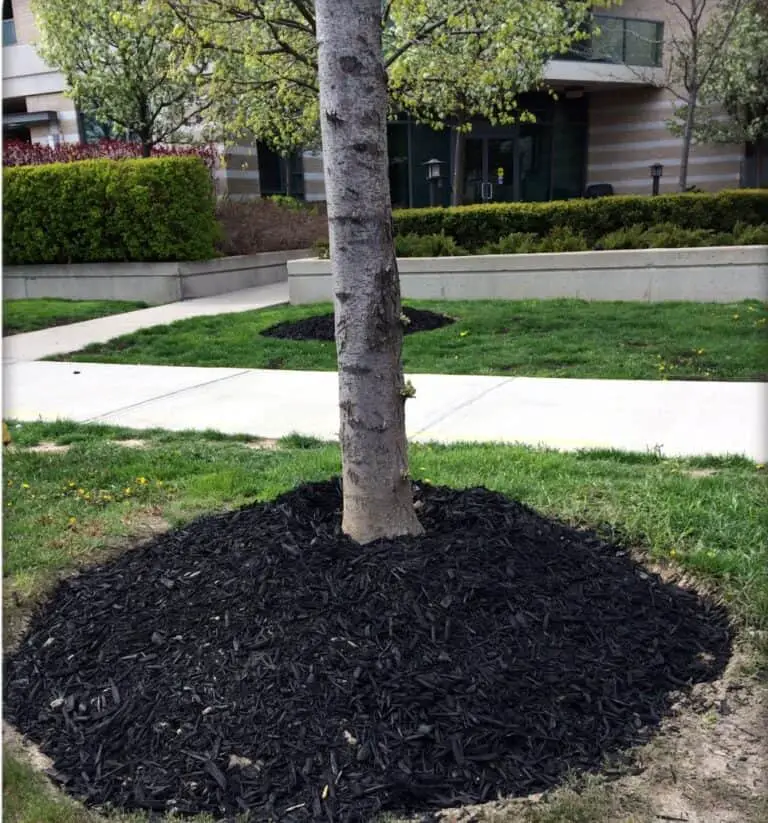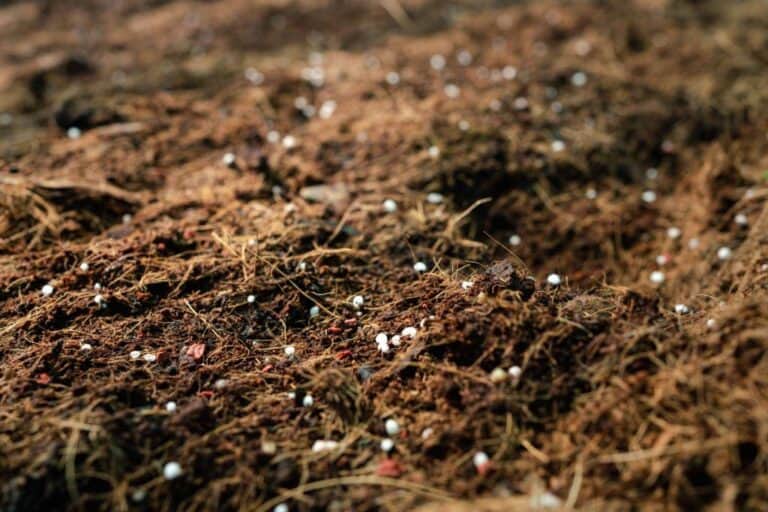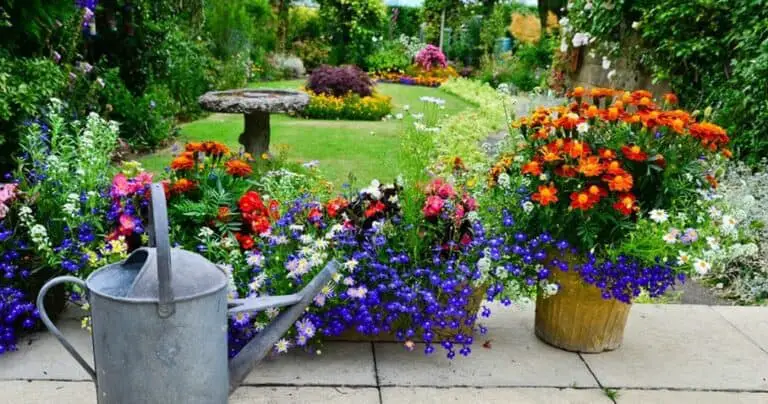Moving Plants Indoors? Here’s How to Avoid a Pest Infestation
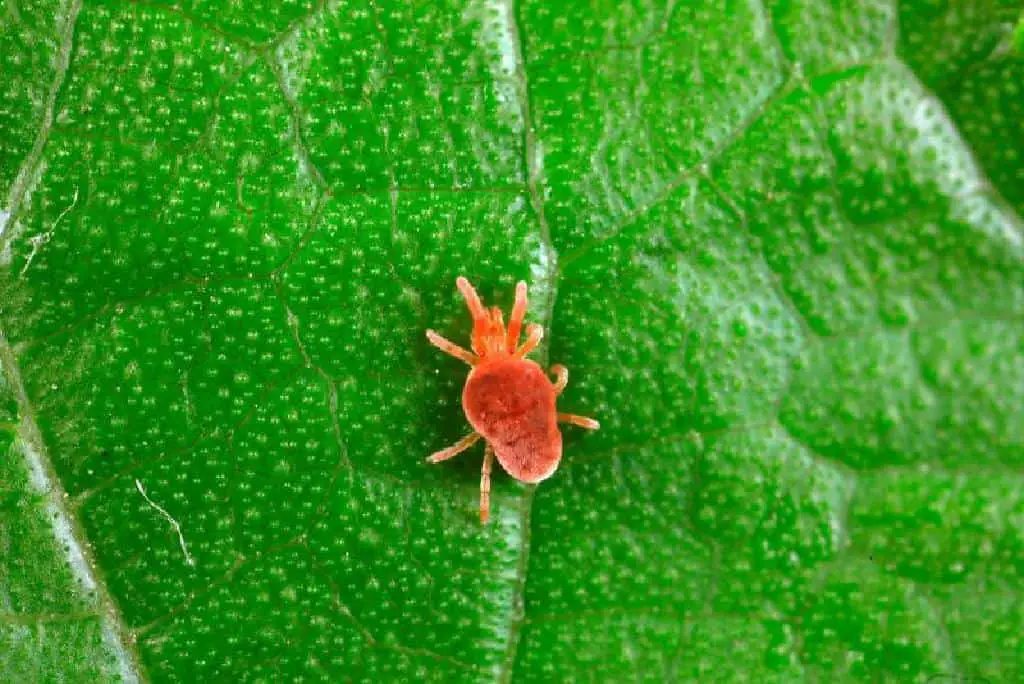
Bringing plants indoors can feel like moving beloved family members into a cozy new home. But before you make that transition, you’ll want to make sure you’re not inviting any unwelcome guests.
Pests love hitching a ride on your plants, and once they’re inside, they can spread like wildfire. Trust me, I’ve learned the difficult way that one tiny aphid can turn into an army overnight, making your cozy indoor garden feel more like a battlefield. But don’t worry—there are steps you can take to avoid a pest infestation when moving plants indoors.
Inspect Before You Bring Them In
Think of this as the TSA screening of the plant world. Before any plant enters the house, I give it a thorough inspection. I check under the leaves, along the stems, and even in the soil for any signs of pests like spider mites, aphids, or mealybugs.
These sneaky little critters hide in the most unlikely places, and once they’re inside, they’ll make themselves at home. If you see tiny webs, weird spots, or bugs crawling around, it’s a sign something’s already set up shop.
Here’s what I do: I take the plant outside and gently wipe down the leaves with a damp cloth. If I see any pests, I use a mixture of water and mild dish soap to spray the leaves, focusing on those hard-to-reach areas. You can also use an insecticidal soap, but I’ve found a DIY mixture works just as well in many cases.
| Pest Type | What to Look For | Treatment Tip |
| Aphids | Clusters on stems | Soap and water spray |
| Spider Mites | Fine webs | Neem oil or insecticidal soap |
| Mealybugs | Cottony masses | Alcohol-soaked cotton swab |
Treat the Soil, Too
You might think pests only live on the leaves, but they can also hide in the soil. I’ve been guilty of assuming my plants were safe, only to discover that the soil was a pest hotel. To prevent this, I like to give the soil a good drench with water mixed with a little neem oil before moving my plants inside. This not only helps get rid of any pests lurking below the surface, but it also acts as a barrier for any new ones that might think about taking up residence.
Repotting or Not-repotting
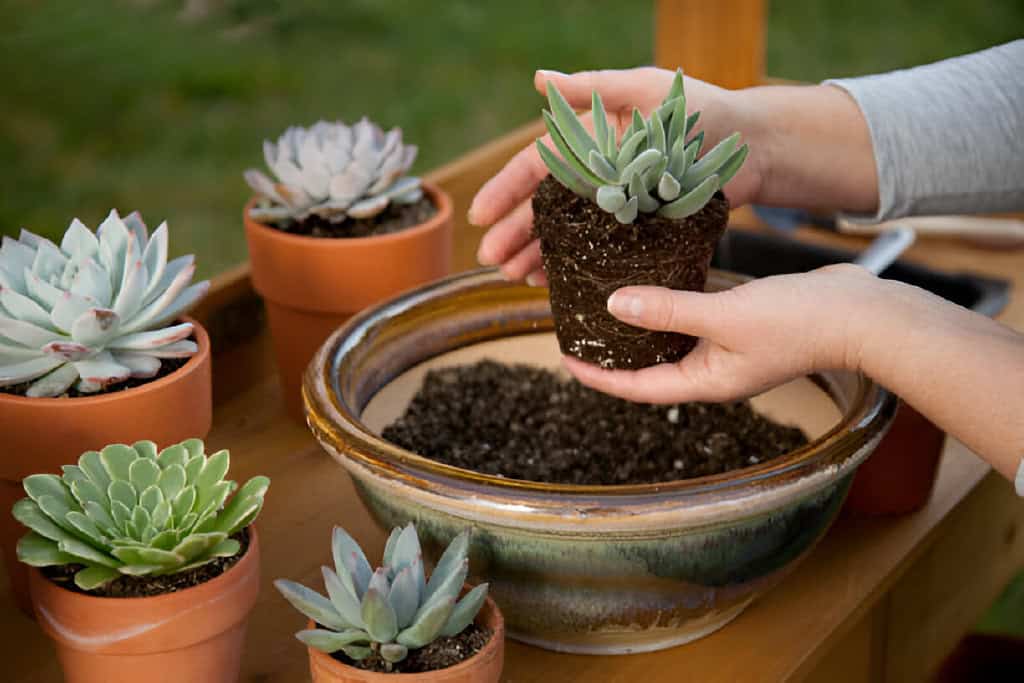
Another trick I’ve found useful is repotting. If the plant is small enough and you suspect there might be pests in the soil, repotting it in fresh, pest-free soil can be a game-changer. Not only does it rid your plant of potential bugs, but it also gives it a fresh start in a new environment.
Do not repot your plants at this time unless absolutely necessary, since repotting will just increase stress while the plant is adjusting to indoor settings. If you need to repot, always use potting soil. Garden soil is too heavy and will not drain properly in pots.
Choose a new pot that is only 1 or 2 inches bigger in diameter than your current one. If you use a significantly larger container, the soil will remain moist for an extended period of time, which might cause root rot.
Quarantine is a Key
Yes, I know the word “quarantine” has become a bit of a buzzword recently, but it’s just as important for plants as it is for people. When I move my plants indoors, I don’t just plop them down next to the rest of my indoor garden. Instead, I give them their own space away from other plants for at least two weeks. Why? Because even after inspection and treatment, some pests are stealthy and may not appear until after the move.
During this quarantine period, keep a close eye on your plants. If you notice any signs of pests, treat the plant immediately and extend the quarantine. If after two weeks everything looks clean, then you can safely introduce your plants to their new indoor home without worrying about them becoming Trojan horses for pests.
Help the Plant Adapt to Indoors
Move your plants to a shady area of the yard or onto a porch for about a week to help them adapt from outside to indoors. Cut off any broken branches, dead leaves, or unattractive growth. After a week in partial shade, move the plants indoors for a full day and night before returning them to the shaded yard for the remainder of the week. This will allow the plants to gradually adjust to the decreased light levels indoors.
Bring all of your plants indoors once nighttime temperatures stay in the low 50s, or they may suffer damage.
Create the Right Indoor Environment
One of the reasons pests thrive is because they love certain environmental conditions. Spider mites, for example, love dry, warm air, while fungus gnats are attracted to moist soil. That’s why adjusting your indoor environment can be your secret weapon in the fight against pests.
I like to maintain a balance of humidity inside, especially during the winter when the air tends to get dry. A simple humidifier or placing plants on a pebble tray filled with water can help maintain the right level of moisture in the air. At the same time, be mindful of overwatering, as consistently wet soil can invite fungus gnats and other pests to breed.
I’ve found it helpful to follow a watering schedule, especially when moving plants indoors. The indoor climate is very different from the outside, so your plants will likely need less water. A moisture meter has saved me from overwatering on more than one occasion, and I highly recommend getting one.
Regular Maintenance to Keep Pests at Bay
Just because you’ve moved your plants indoors doesn’t mean the battle against pests is over. I make it a habit to regularly inspect my plants, even after they’ve been inside for a while. Pests can find their way indoors through open windows, cracks, and even your clothing, so keeping an eye on things is critical.
I also recommend wiping down leaves with a damp cloth every now and then and keeping an insecticidal soap or neem oil spray handy for regular treatments. If you’re consistent, you’ll be able to catch any pest problems early, before they get out of hand.
| Step | Action |
| Inspect Plant | Check leaves, stems, and soil for pests |
| Soil Treatment | Use neem oil or repot in fresh soil |
| Quarantine Period | Isolate plants for 2 weeks before reintroducing |
| Maintain Environment | Balance humidity, avoid overwatering |
| Regular Inspections | Check leaves, clean them, and treat if needed |
Don’t Let Pests Ruin Your Indoor Garden
Bringing plants indoors doesn’t have to mean bringing pests along for the ride. By taking a few precautionary steps—inspecting, treating, and quarantining—you can keep your indoor plants happy, healthy, and pest-free.
Take the time to gradually accustom them to living indoors so that you and they can stay healthy until it’s time to return outside next year. And believe me, there’s nothing more satisfying than sitting back and enjoying your beautiful indoor garden without the worry of pests taking over.



